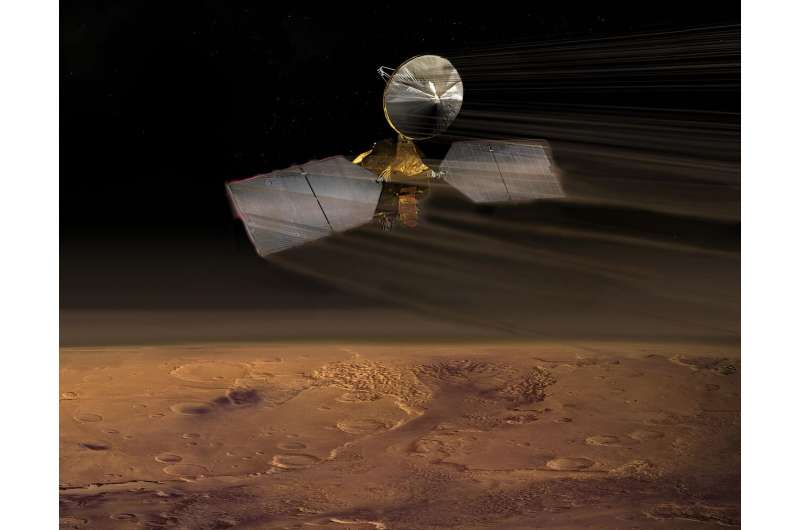Of Neptune's 14 moons, the researchers chose the largest, Triton, as their target for an aerobraking assist. According to a recent paper they released on arXiv (which, like all papers on arXiv, has not yet been peer-reviewed), they were inspired by work that used the atmosphere on Titan to aerobrake a spacecraft into the Saturnian system that was done back in the '90s.
While Triton has an atmosphere, and despite being the moon with the second most dense atmosphere, it is only about one-fourth the density of Titan's, whose atmosphere is even thicker than Earth's. Triton has a distinct advantage regarding usefulness for aerobraking—it's in retrograde orbit around Neptune, allowing the spacecraft's velocity to decrease rapidly, saving even more fuel.
Most of the preliminary math work was presented in previous papers from the pair, and the focus of this new paper was on utilizing a specific, flight-proven aerobraking technology as part of the mission design. Known as the Low-Earth Orbit Flight Test of an Inflatable Decelerator (LOFTID), the system looks like a giant heat shield attached to the leading edge of the spacecraft. It underwent a successful flight test last year, and details of that flight test form the basis of the math in the new paper.
The resultant math is well described in the paper but can be summed up relatively simply. It is possible to use the LOFTID aerobraking technology to use Triton's relatively sparse atmosphere to slow down a mission to the point where it would enter an orbit around Neptune.
Since no spacecraft has so far entered an orbit around Neptune, this would in itself be a technological feat worthy of recognition. But it does come with some caveats. First, the trip to the farthest planet would take approximately 15 years. Second, it would have to take a particular angle into the system to fully utilize the retrograde aspect of Triton's orbit. Third, some sort of detachment technology, which was not part of LOFTID's original technology demonstration, would have to be developed before the mission.
There's no mention in the paper of what specific mission this idea would be helpful for, and a brief web search shows there aren't any confirmed missions planned for Neptune as of the time of writing, with the possible exception of a Chinese mission to launch next year. That leaves plenty of time for Mr. Brisby and Dr. Lyne to keep developing their idea of using one of the most intriguing moons in the solar system to help save some significant money.
More information: Jakob D. Brisby et al, Triton Aerogravity Assist Using a Flight-Proven, Inflatable Aerobrake for Neptune Orbit Capture, arXiv (2023). DOI: 10.48550/arxiv.2309.15335
Journal information:arXiv
Provided by Universe Today



